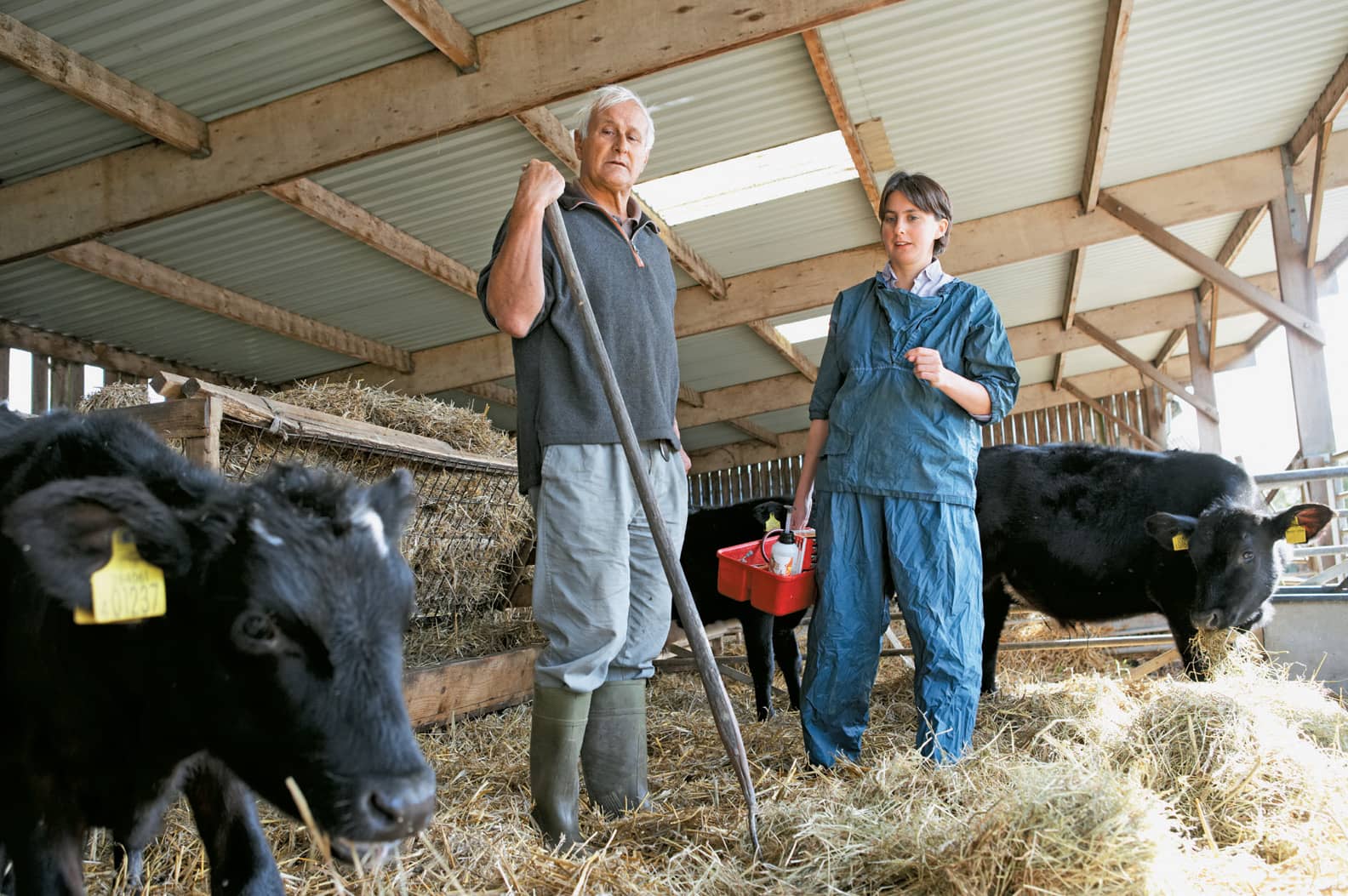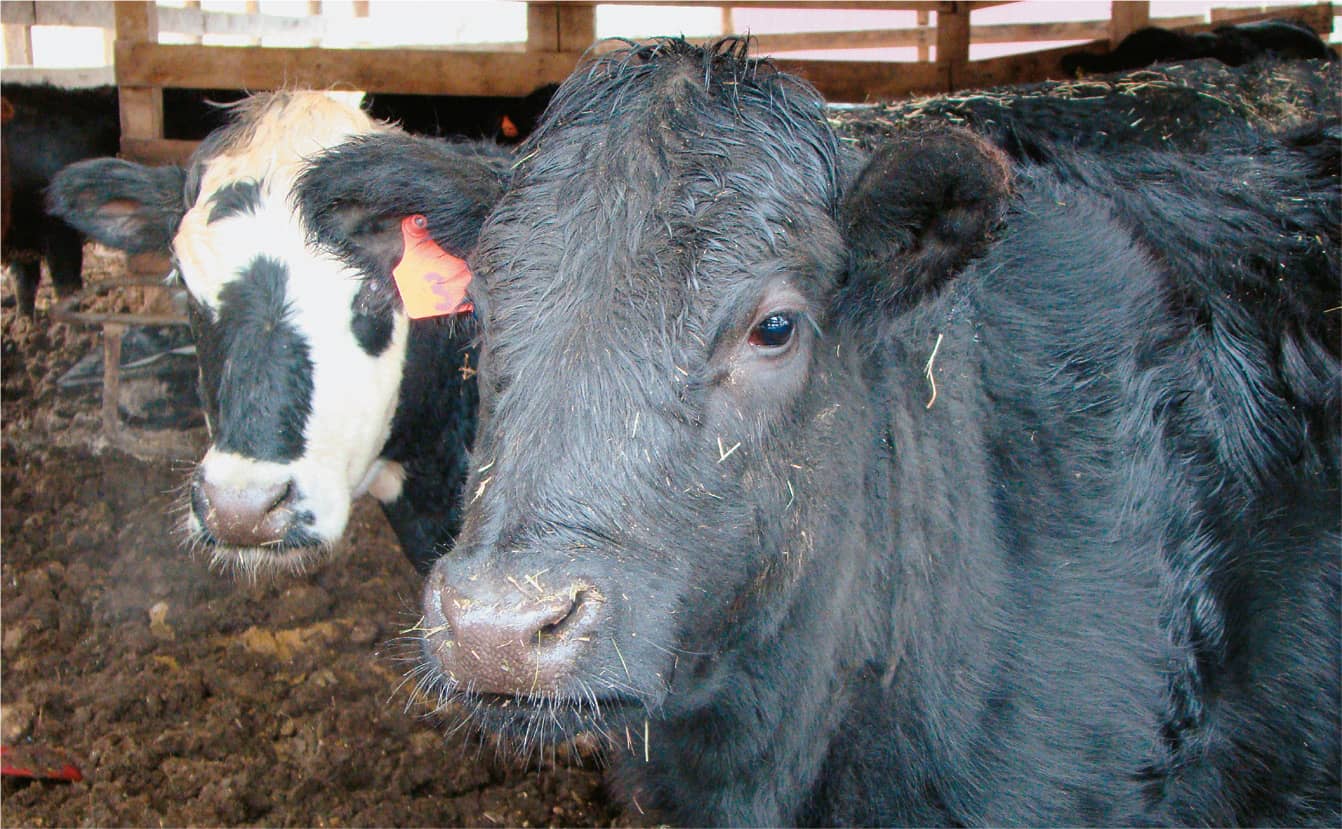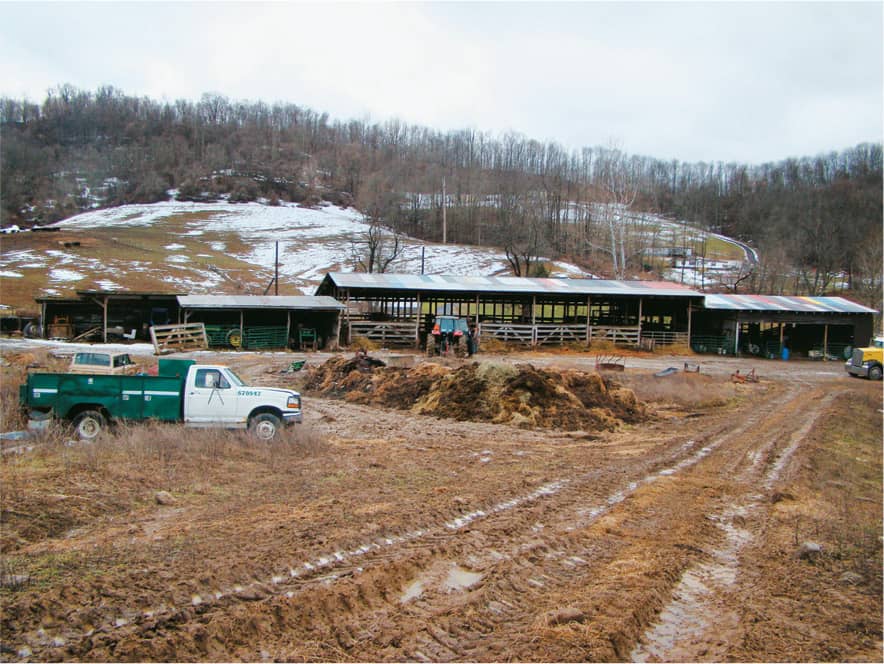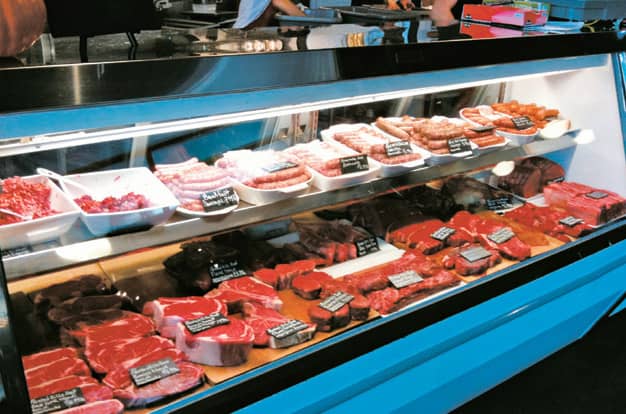RESEARCH METHOD • SYNTHESIS / ANALYSIS TECHNIQUE • RESEARCH DELIVERABLE
39 Exploratory Research

Exploratory research is defined by user and product studies, intended to forge an empathic knowledge base, particularly when designers may be working in unfamiliar territory.
Exploratory research is typically conducted in the earliest stages of the design process, set by the planning, scoping, and definition phase, and leading to generative concept design. Activities are focused on gaining a solid knowledge base of the design territory and existing artifacts, and forging an empathic sense of the people targeted by the design work.
Exploratory research should be an immersive experience for the designer, inspiring creative momentum and empathy through intense exposure to people and products relevant to the investigation, utilizing a broad variety of diverse yet complementary methods.
Depending on the area of design inquiry, research activities should focus on understanding the nature of the users’ world, their daily life routines, challenges, needs, desires, interactions, product preferences, and environmental context and use patterns. Methods should also build a comprehensive knowledge of existing, complementary, and competitive products, systems, and spaces.
Exploratory research encompasses traditional, ethnographic, and other design methods, including:
• Surveys and Questionnaires
• Design Ethnography
• Observation
• Participant Observation
• Experience Sampling
• Touchstone Tours
• Diary Studies
• Cultural Probes
• Contextual Inquiry
• Artifact Analysis
• Personal Inventories
• Unobtrusive Measures
As an exploration, research is purposefully flexible, meaning divergences from planned protocols and the collection of information from spontaneous interactions and observations are encouraged. Synthesis is critical, but targeted toward inspiration rather than the formal analysis of concrete data. Exploratory research culminates in a comprehensive understanding of the people and the area under investigation, and ideally results in a set of tangible design implications or guiding criteria, preparing the groundwork for generative research and concept development.

Exploratory research for a service design project on how we decide what meat to buy included an extensive survey, site visits to two farms, interviews with three farmers, and observations and conversations at meat counters with workers, butchers, and consumers.
Courtesy of Kelly Nash.




